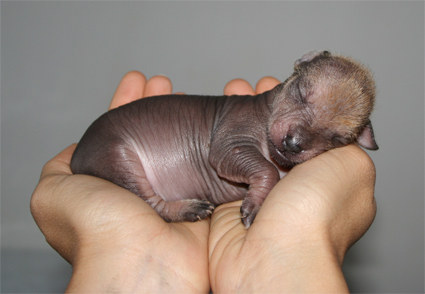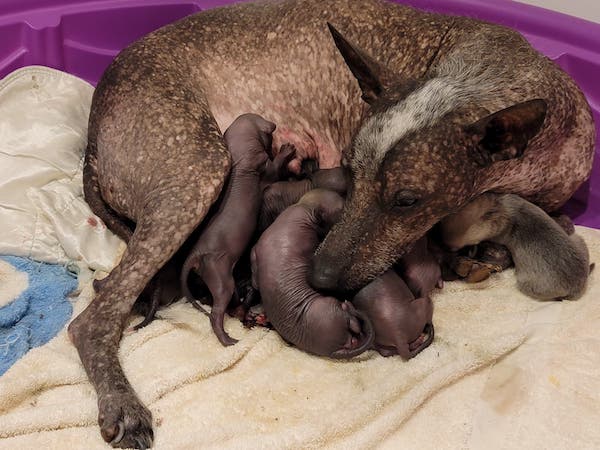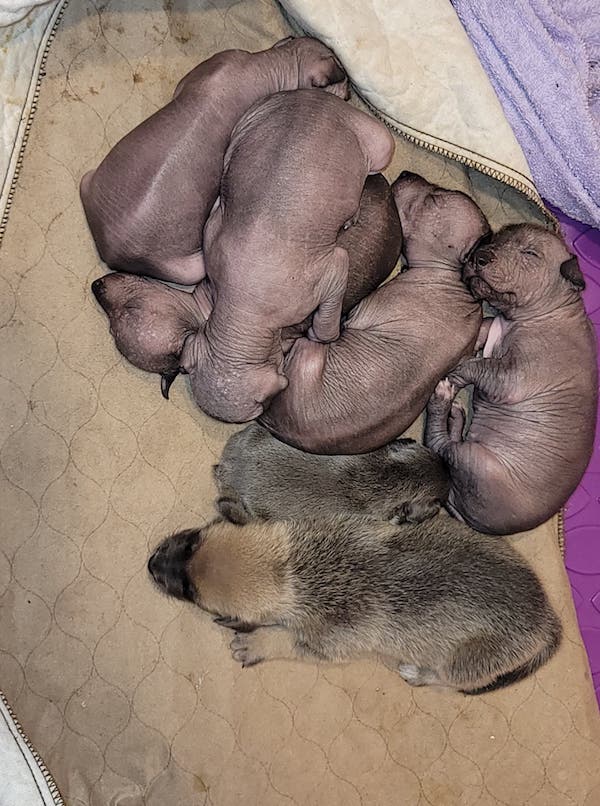
How would you fare if the only witness to speak on your behalf when you’ve passed on is your dog?
We suspect most of our dog loving readers would get the go-ahead to enter the pearly gates. Since no one has come back to let us know one way or the other, however, we have to hope for the best.
The Mayans and Toltecs didn’t have to hope, they believed. So valued was the good opinion of their dog that when a mistress or master died, their dog was buried in the same grave not just as a sign of affection and value, but also so that the spirit of their dog could follow them after death and be present to testify in their owner’s favor. The dog was the only possession of a Toltec that went into the other world with them, and that’s because in most of the civilizations of Mexico and Central America, the dog was the symbol of love.
It wasn’t always that way. The tribes who made their home 5,000 years ago in ancient Mexico became the first farmers of that country when they grew edible plants. They also raised small, hairless dogs the way we raise a turkey or chicken today. They ate them. Over time, the different cultures that settled in these same locations brought with them their own ancient traditions, and the dog became invested with subliminal meanings. He wasn’t eaten anymore, he was honored.
It was Dr. Edmond Bordeaux Szekely an eminent archeologist and philologist who reconstructed the world of the ancient Mayans/Toltec/Aztec people. In his book, The Soul of Ancient Mexico, he illustrated that an important role was played by the Itzuintli, a dog that was one of the ten symbols of good. In the Kingdom of Quetzalcoatl, the all good, the dog represented love, and the loyal affection of a dog was the most perfect manifestation of unselfish love.
Before the arrival of the Spaniards, there were few animals in Mexico, the horse, cow and donkey having been introduced by the former. The dog, however, was already there, the constant companion of his or her person. Sadly, when the Toltecs were conquered by the fierce Aztecs, their ways were distorted, and the spiritual image of the dog was destroyed. The dog reverted back to being something to be eaten.
Payback is a hitch, as they say (and that’s not a typo, we’re a family friendly site), and the Aztecs were conquered by the Spaniards. We owe a debt to one of them, a Franciscan monk who in 1519 accompanied Cortez to Mexico, then later wrote about what he saw in “La Historia General de las Cosas de Nueva Espana.” Father Bernardino de Sahagun wrote of the dogs he saw in Nueva Espana, or New Spain, and shared their names: Chichi, Itzcuintli, Xochoiocoyotl, Teuitzotli, and Tetlamin. Some, he added, were born without any hair, and at night, they had to be covered with blankets. Curiously, de Sahagun wrote that the dogs he called Xoloitzuintlis weren’t born this way. As small puppies, they were anointed with a resin called Oxitl which made their hair fall out and left behind a shiny and smooth body.
Xolo breeders, time to fess up. You really do anoint each and every Xolo puppy with resin, right? Thought so.
Kidding aside, we thought you would enjoy as much as we have a couple of photos shared with us by Melissa Peacock. CH Cerulean Shiva Del Rey, aka “Shiva,” is the proud mama seen here with her “Xolo-ettes.” Thank you, Melissa, and thank you Amy T. for helping us “meet” Melissa.


Thumbnail image: Newborn Xoloitzcuintle by via Wikicommons
